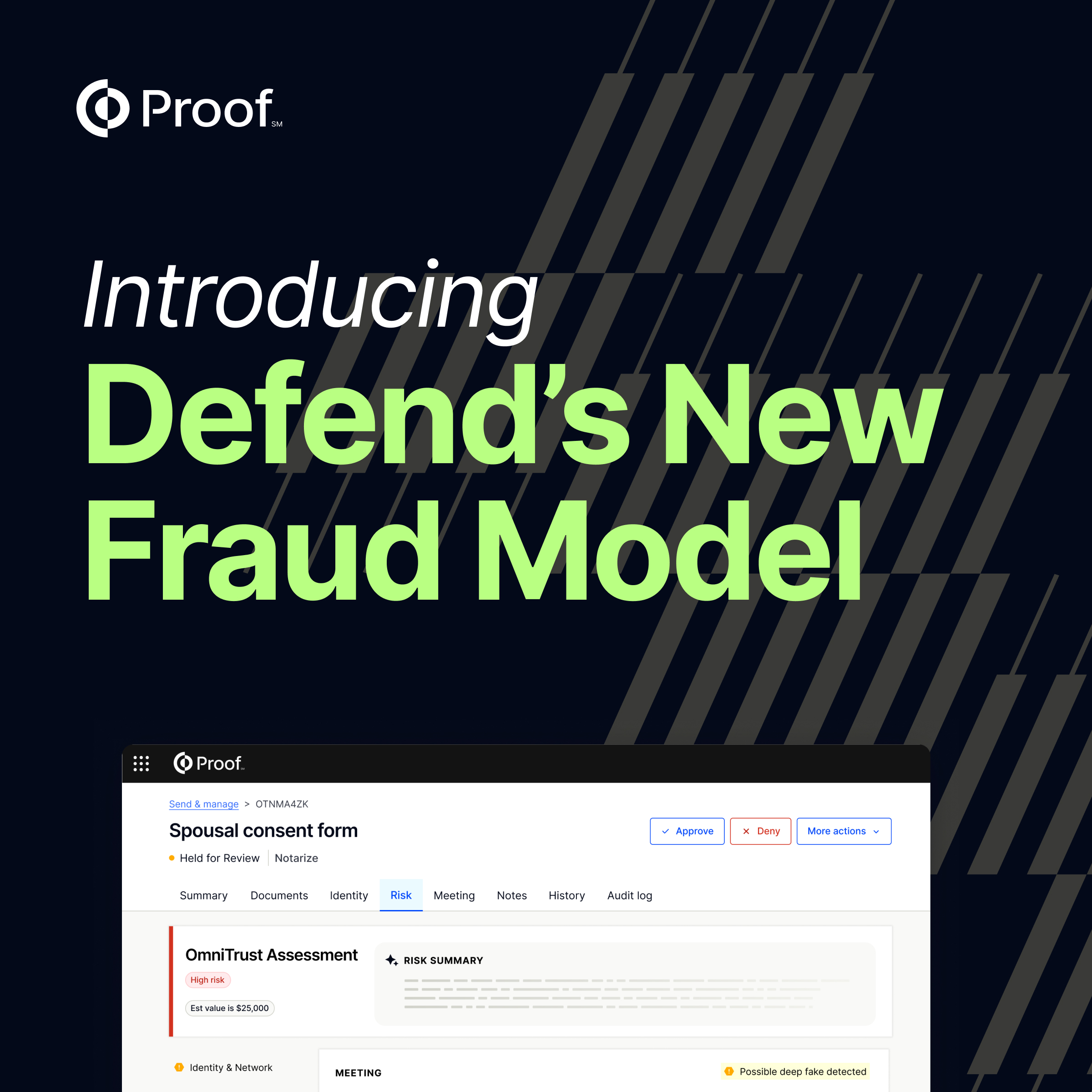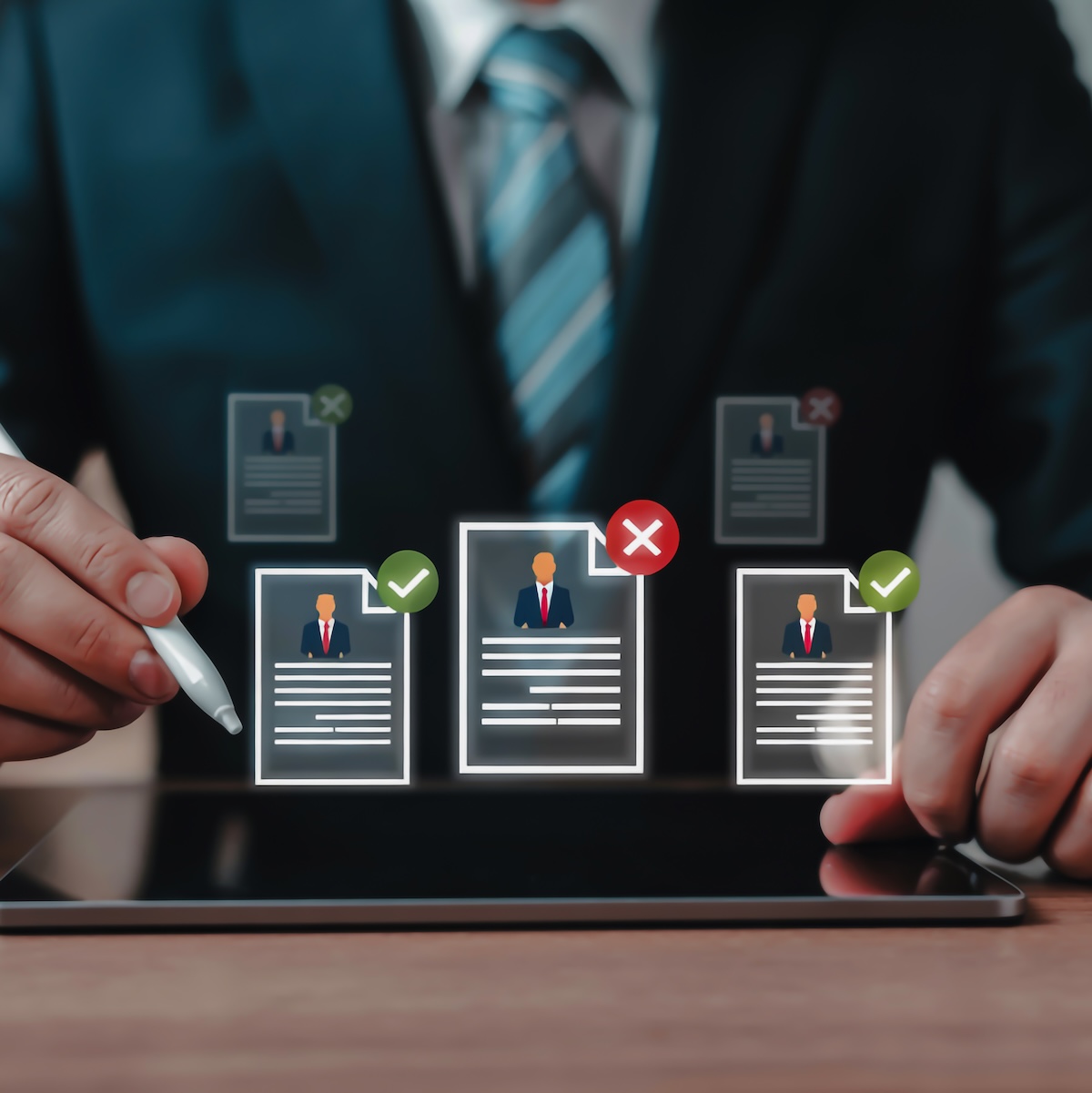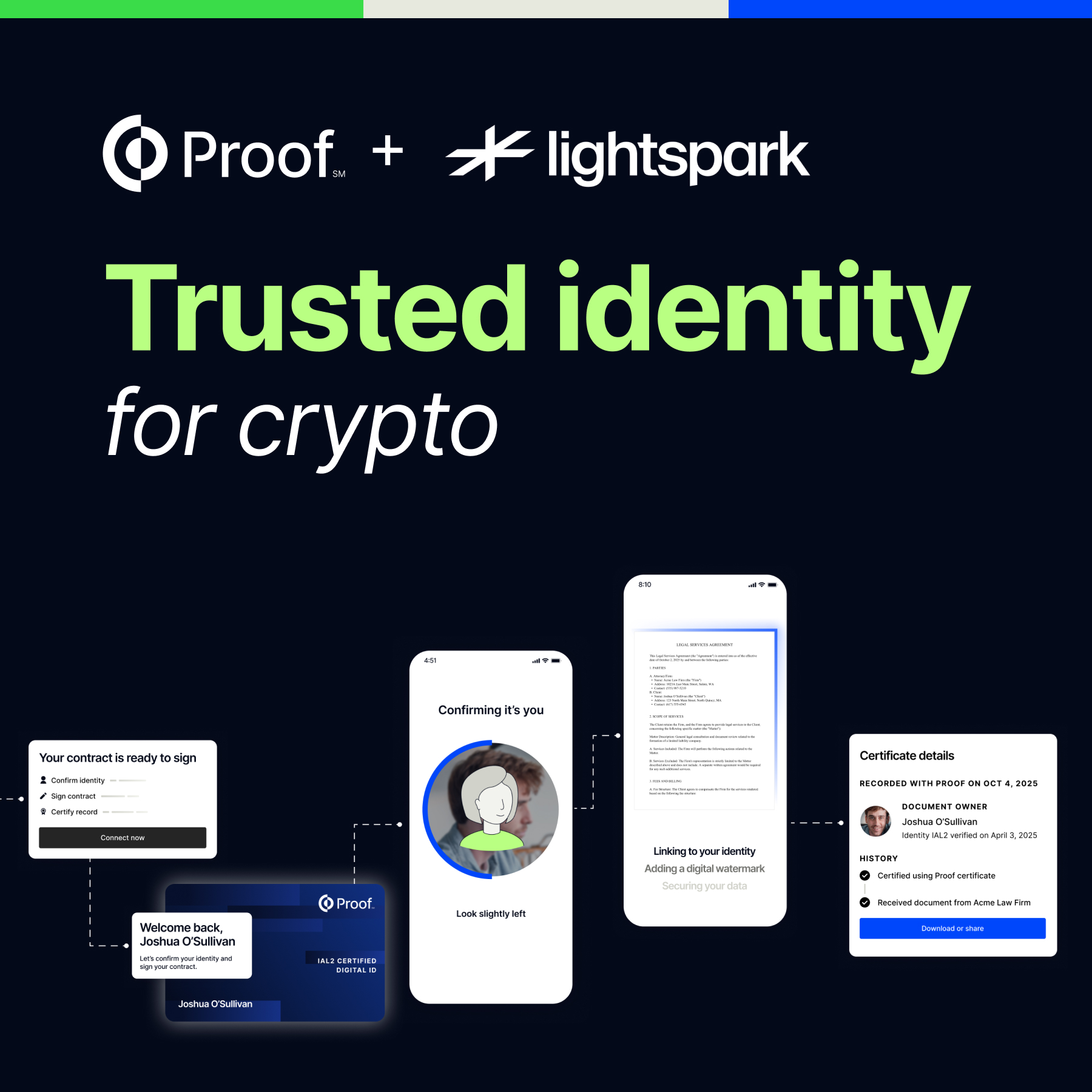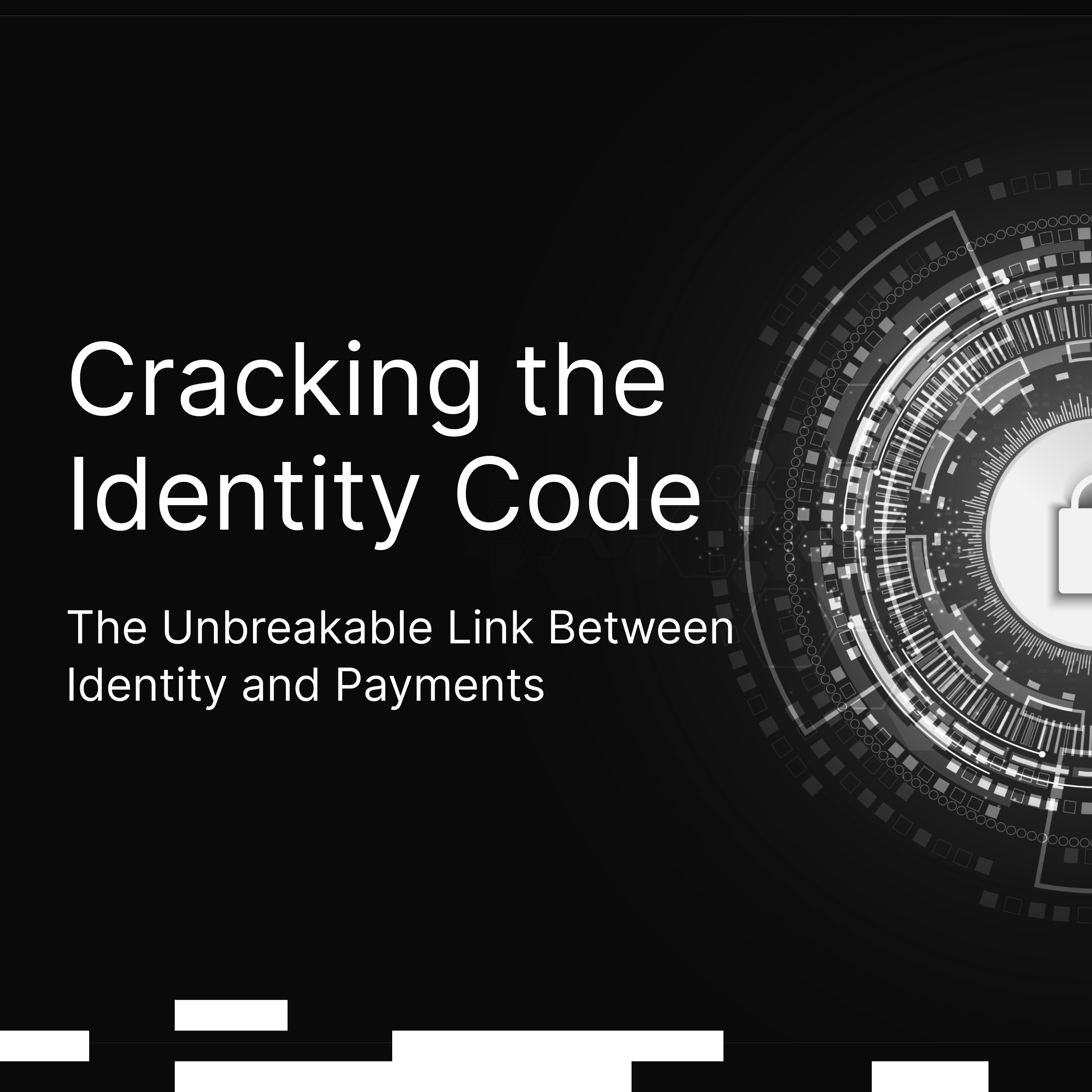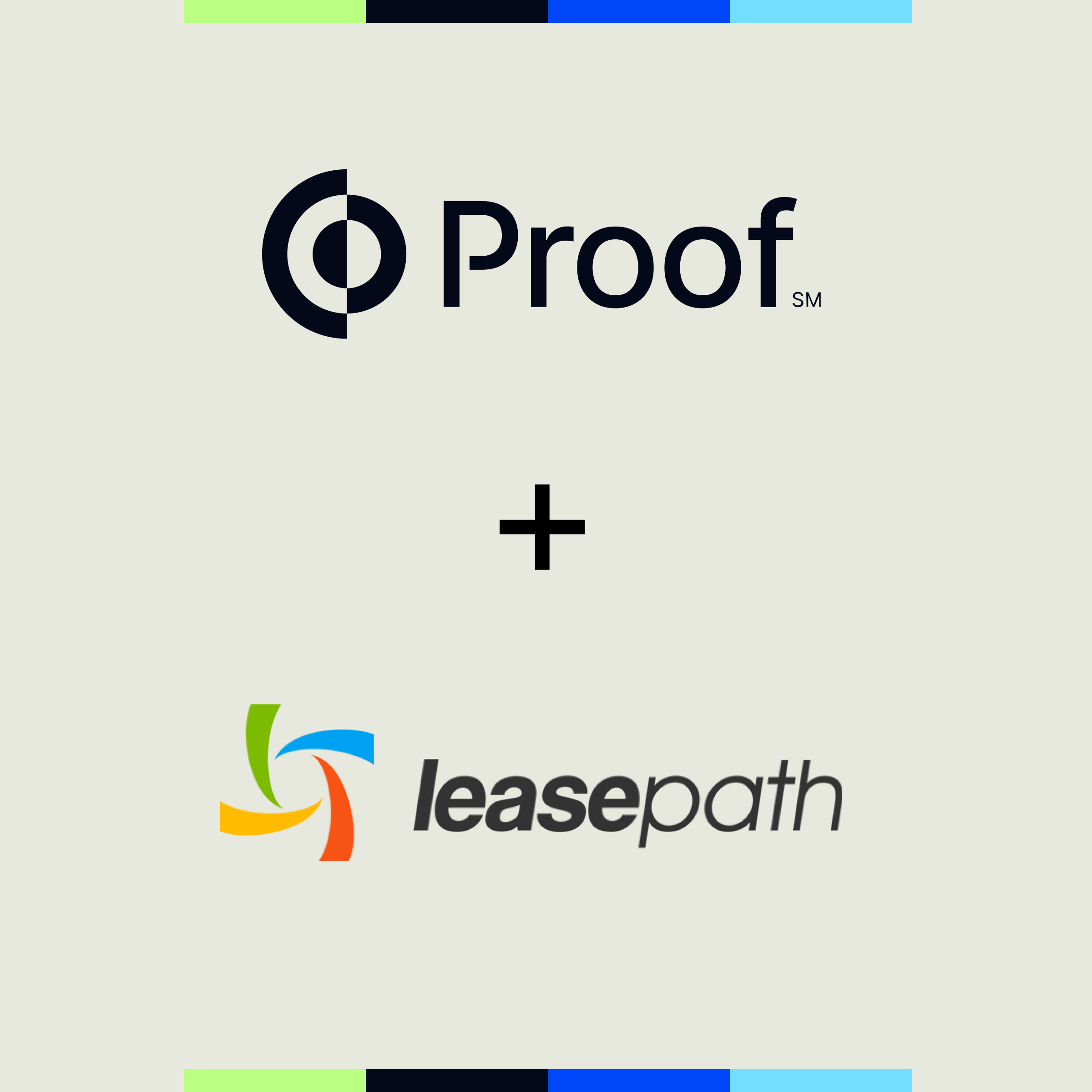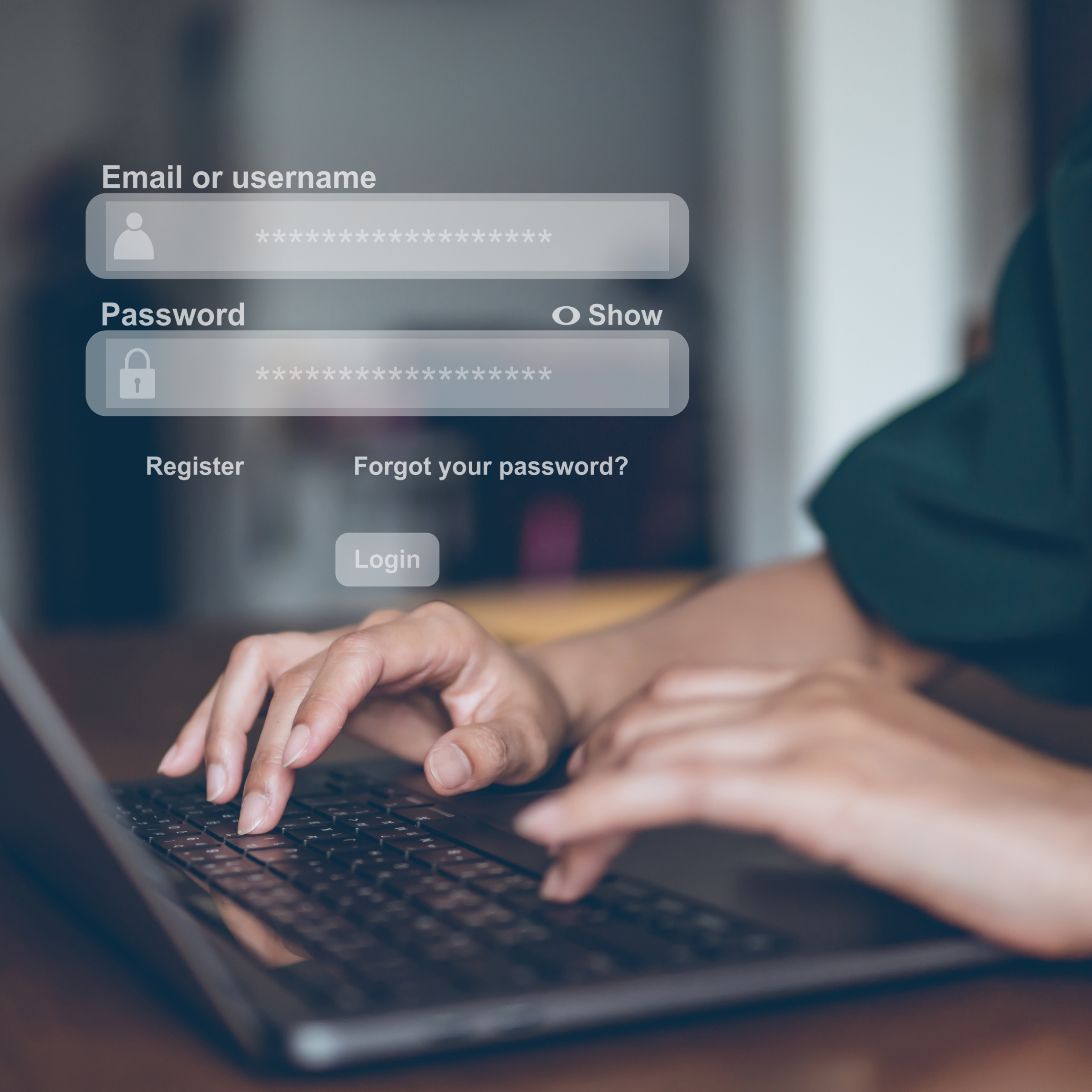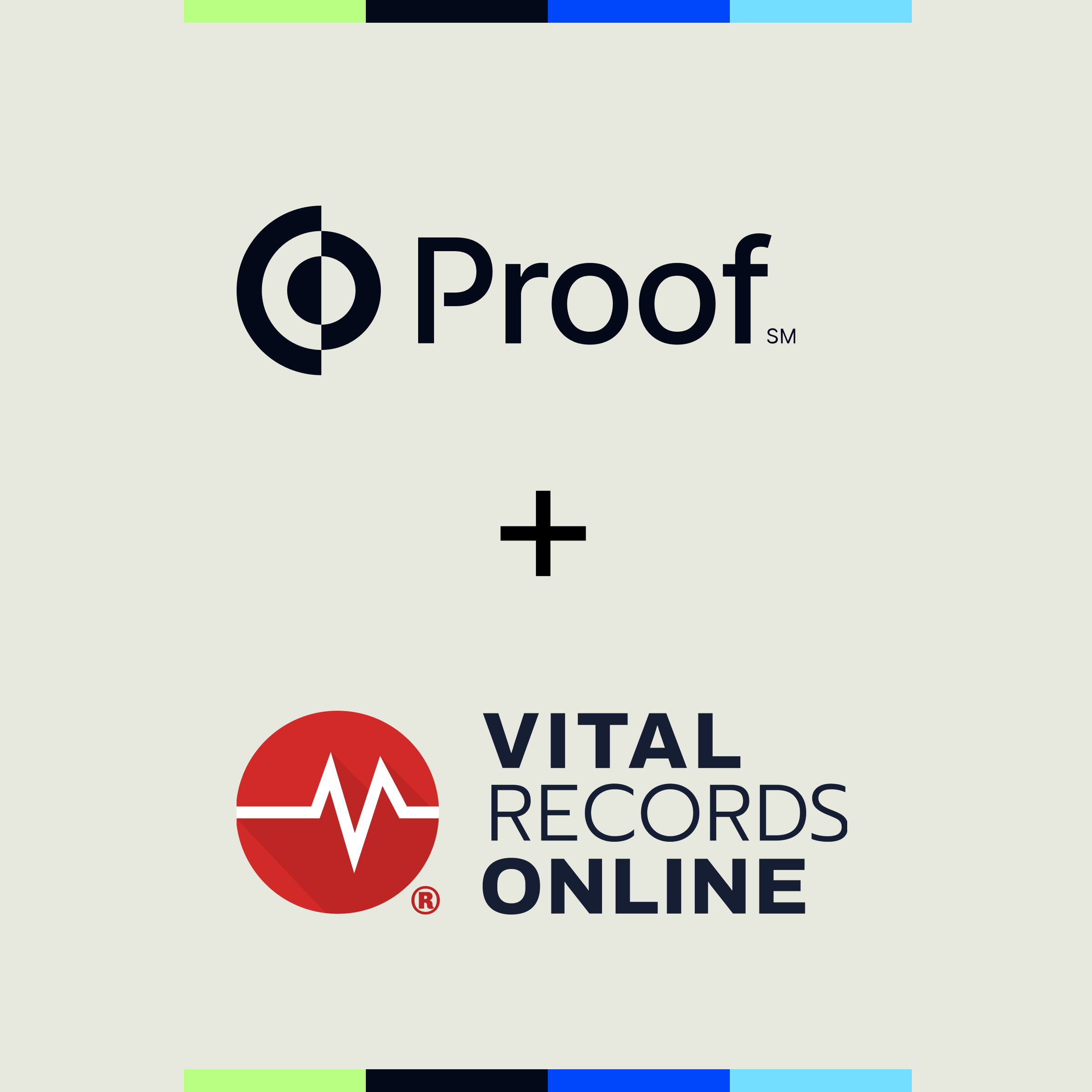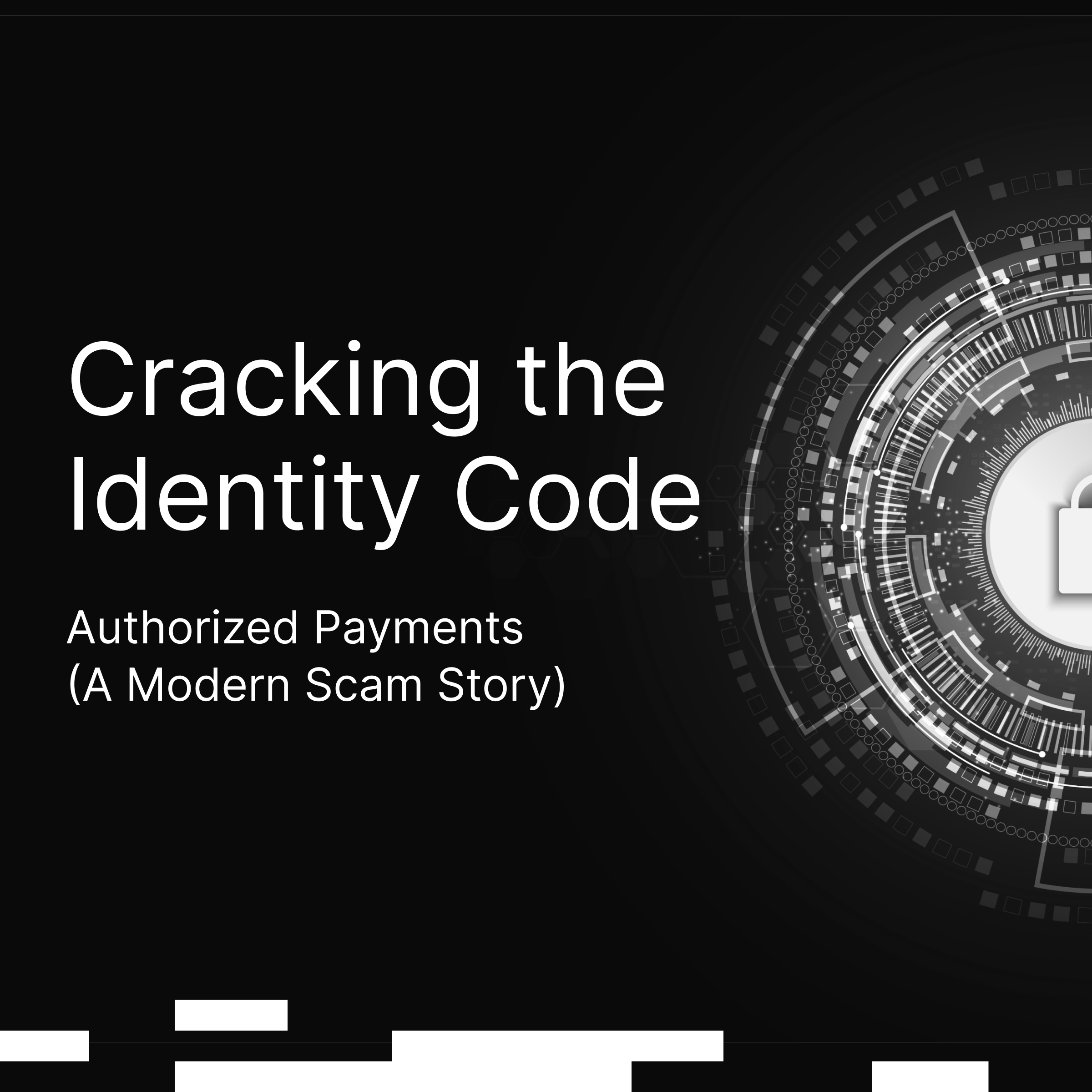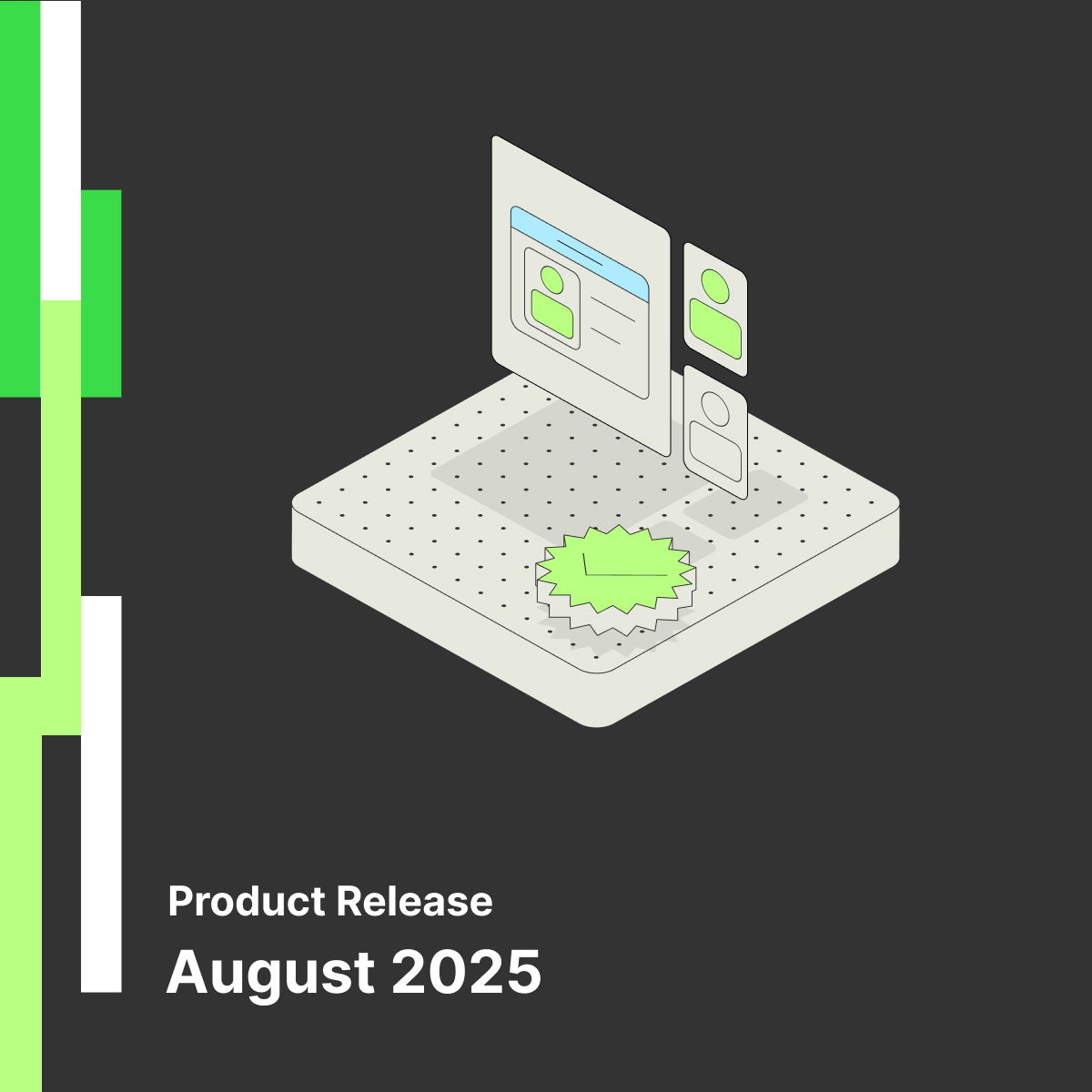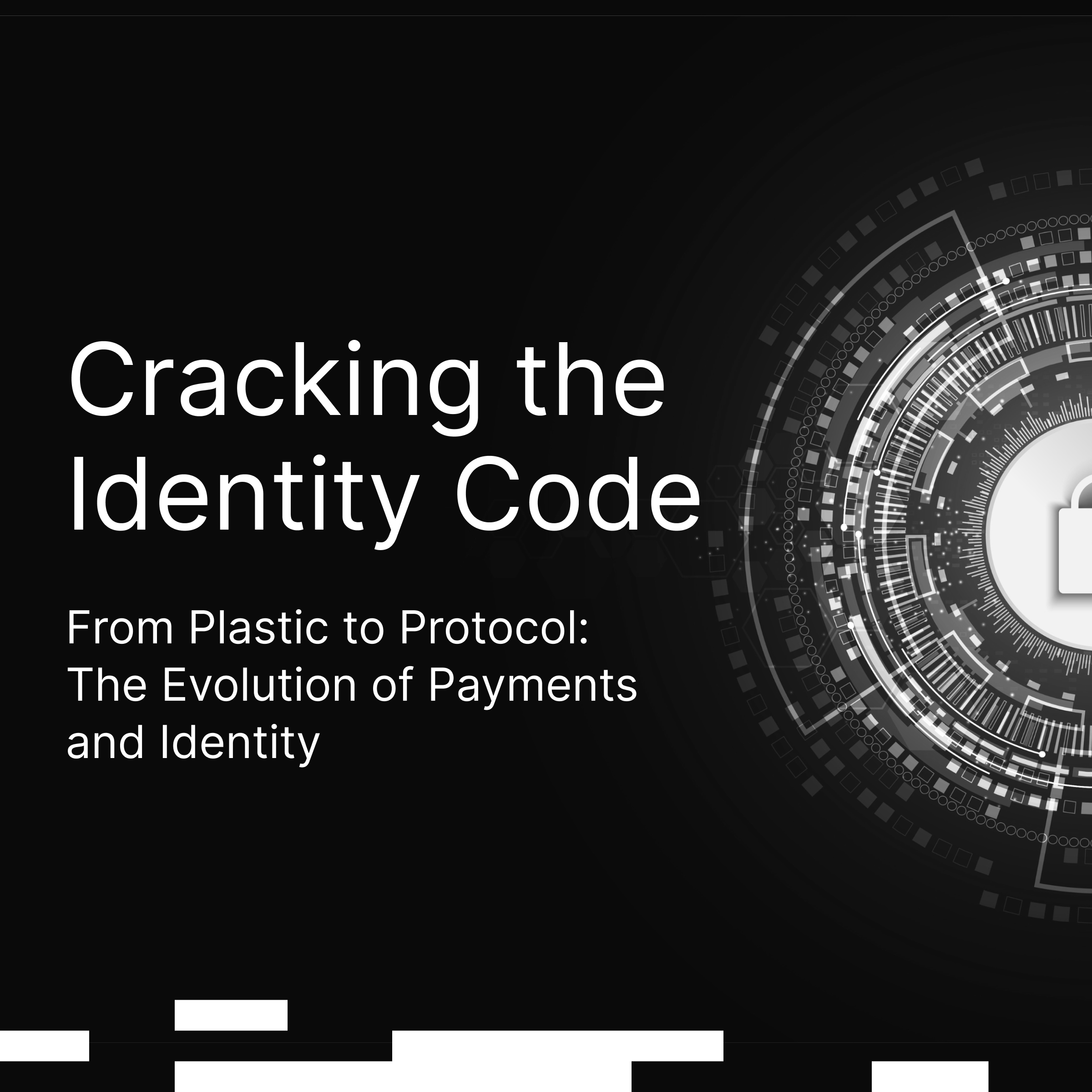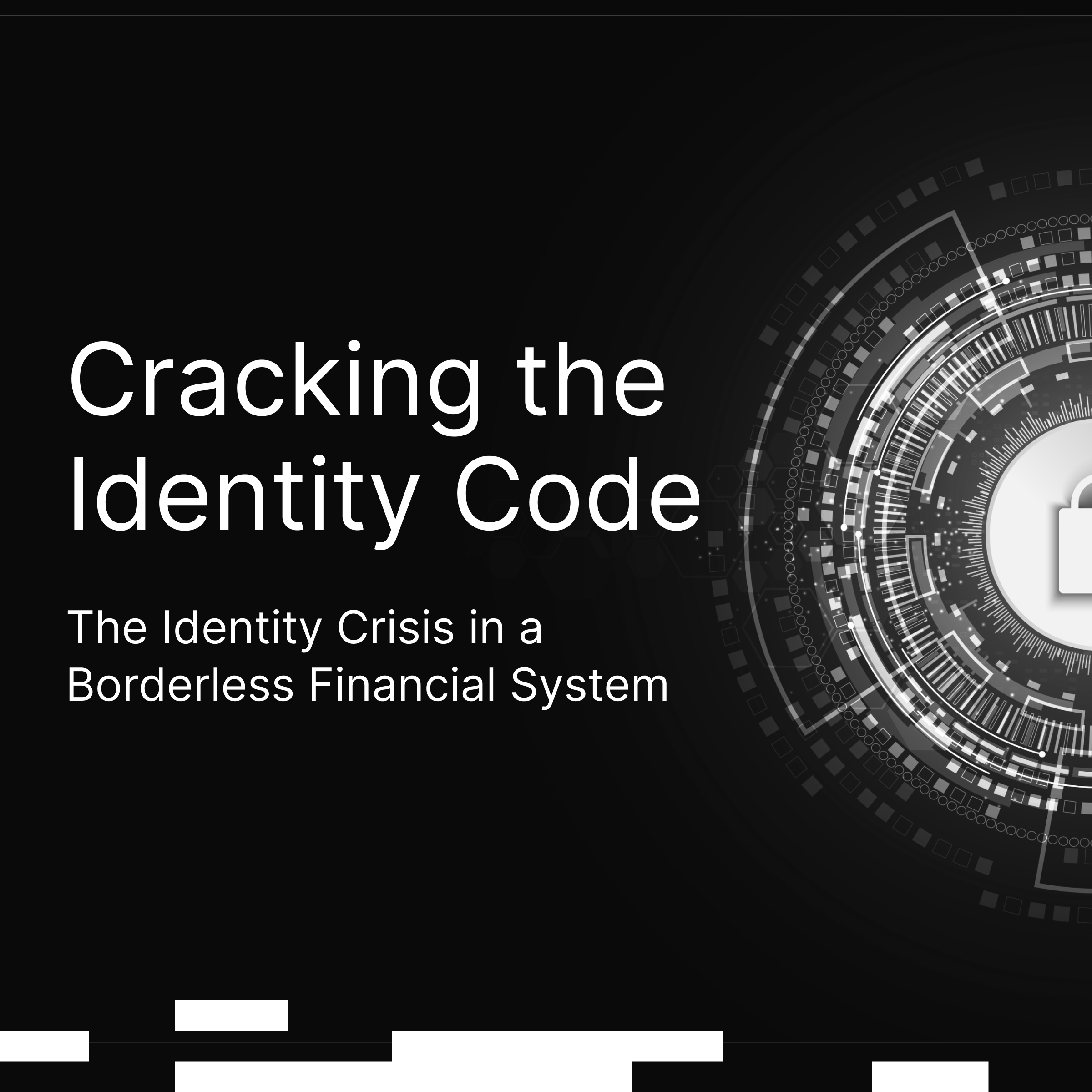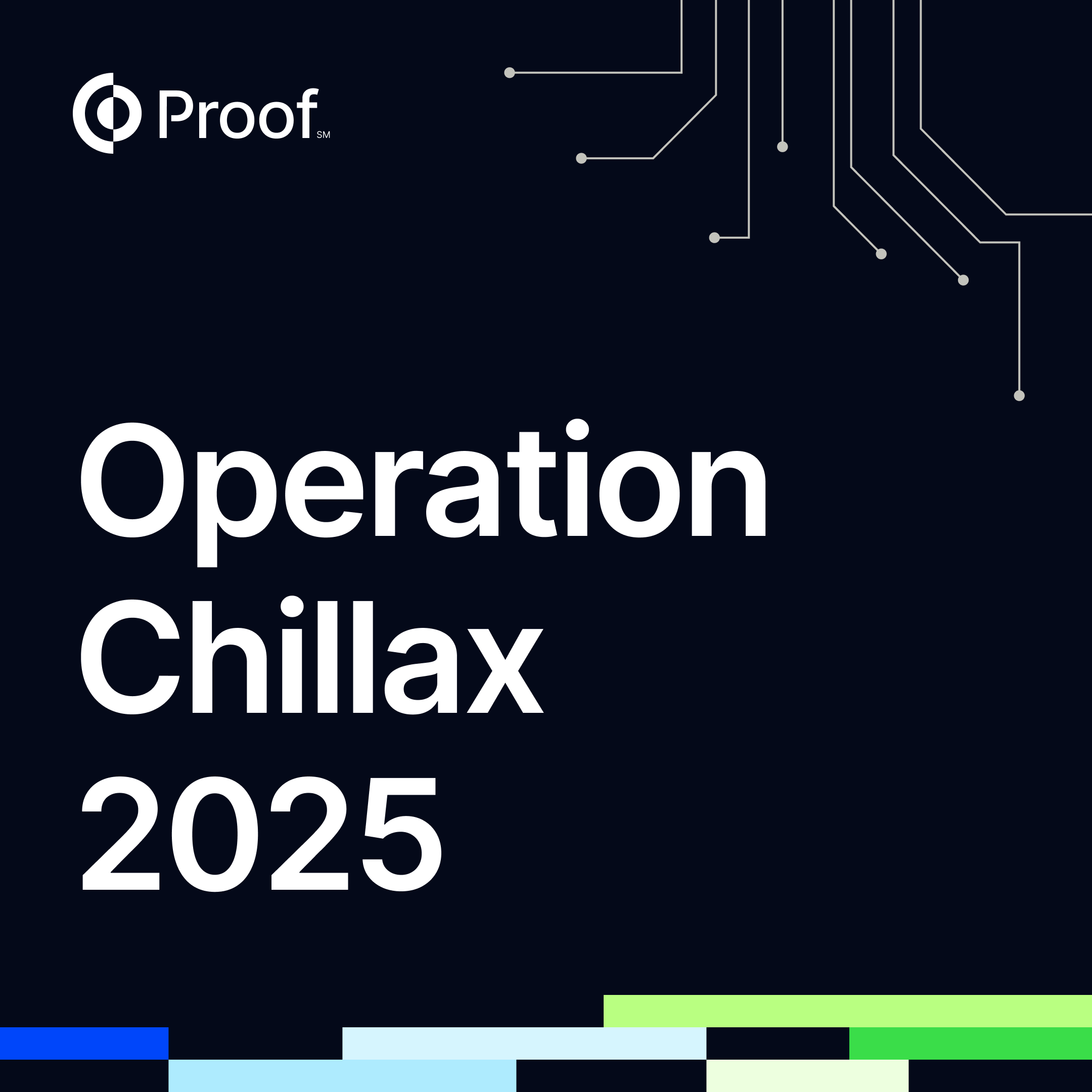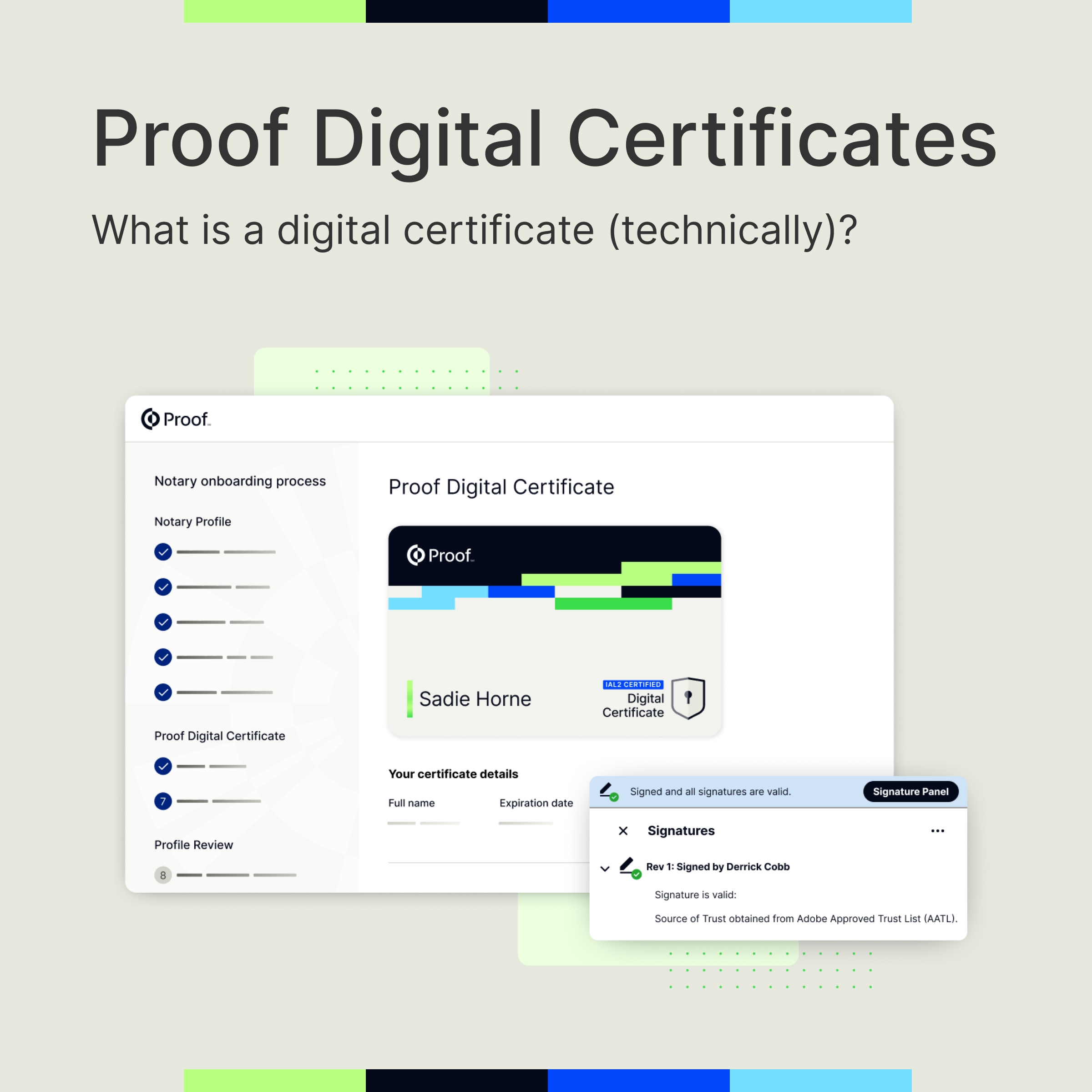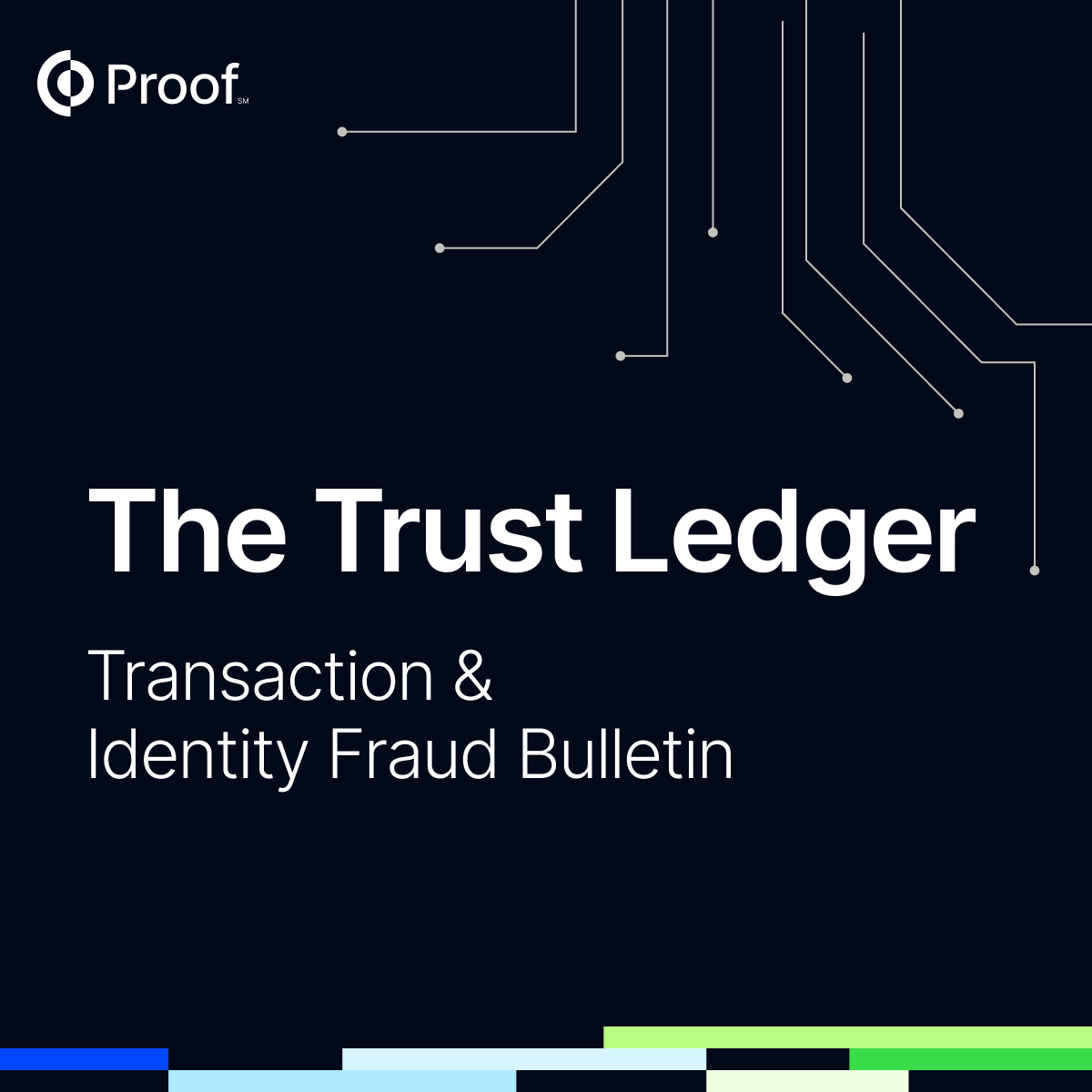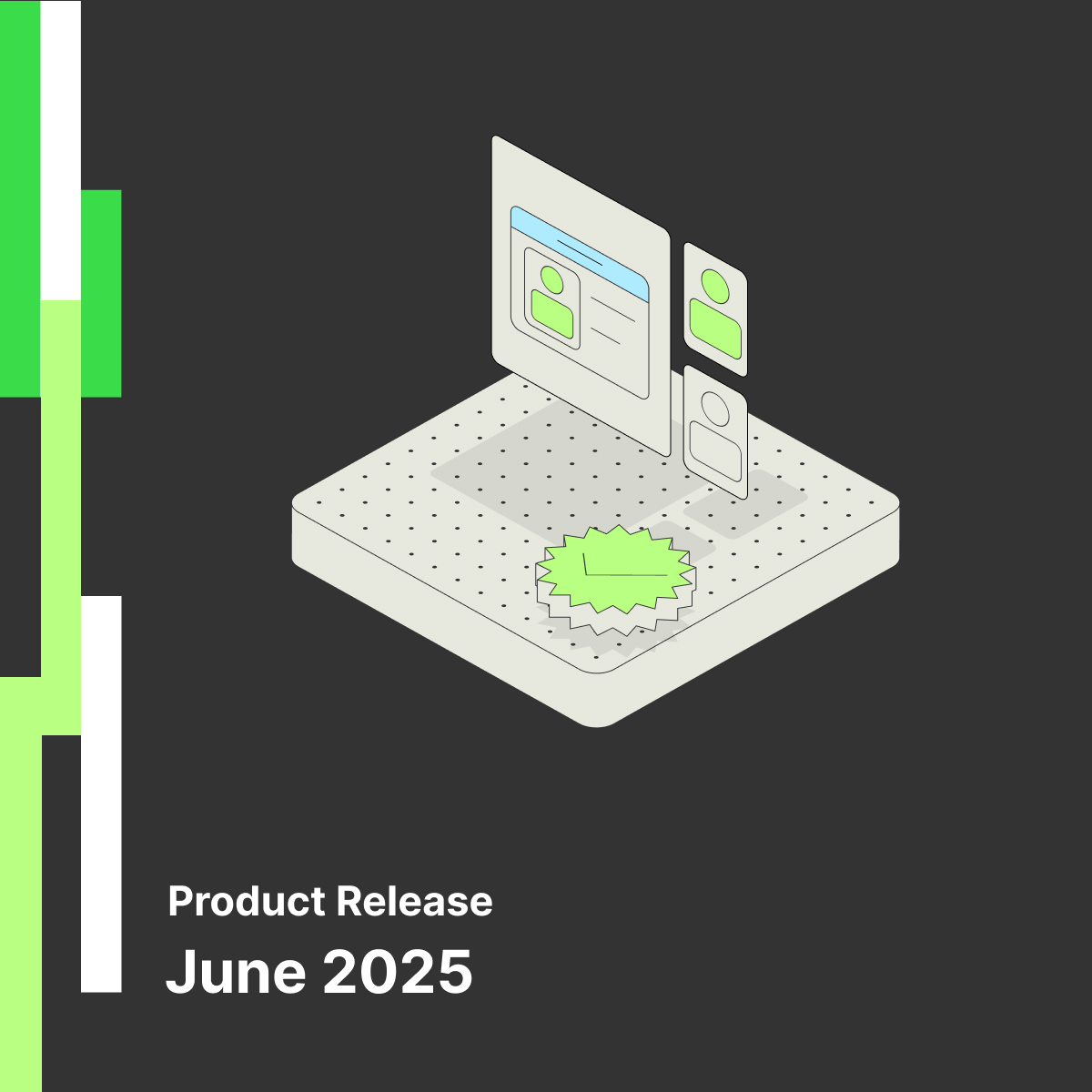Cyber Risk Is Now Business Risk - And the Gaps Are Growing


If you're a business leader, you're probably already thinking about cyber risk. But the 2025 Global Cybersecurity Outlook from the World Economic Forum makes one thing very clear: thinking about it isn’t enough.
This year’s report, based on input from over 140 global leaders across business and cybersecurity companies, confirms a widening gap between awareness and action, especially when it comes to identity-based attacks, governance, and workforce readiness.
For U.S. companies in high-trust industries (finance, insurance, real estate, lending, etc.) the report is a wake-up call: identity threats are rising, defensive measures are unevenly and inconsistently applied, and it’s expensive when fraudulent transactions are missed.
Identity is at the Center of Today’s Threat Landscape
The report names identity-focused attacks like credential phishing, deepfakes, and synthetic IDs as the fastest-growing threat vectors worldwide. These aren’t abstract risks,they’re showing up in:
- Account takeover attempts during loan originations
- Fraudulent notary seals used in real estate transactions
- Synthetic identities used to bypass KYC
The common thread? A breakdown in verifying who’s on the other side of a transaction.Yet many organizations are still relying on outdated methods like passwords, document scan/uploads, and static data checks; that are easily spoofed by modern attackers leveraging data brokers and artificial intelligence (AI) tools.
The Cost of Inaction Is High
WEF’s report found that nearly half (41%) of cybersecurity leaders believe that a major cyber incident is more likely than not to occur at their organization within the next two years. And most business leaders surveyed believe that reputational harm, regulatory scrutiny, and financial losses are inevitable without stronger controls.
But here’s the gap: only about a third (30%) of respondents say their organization has implemented cybersecurity metrics into enterprise risk models. Identity, often the root cause of breaches, remains a blind spot.
AI is a Double-Edged Sword
AI is front and center in the report — and for good reason.
On one hand, threat actors are using AI to create more convincing deepfakes, generate phishing content at scale, and automate credential stuffing attacks. On the other hand, AI also offers blue teams the potential for better anomaly detection, faster fraud prevention, and real-time remediation.
The takeaway? Technology isn’t the problem or the solution. It’s the implementation (and the governance behind it) that will determine which side of the risk curve you’re on.
Cybersecurity is Now a Boardroom Issue
The WEF found that 91% of business leaders now see cyber resilience as a key business priority. That’s up significantly year-over-year.
But alignment between CISOs and boards is still inconsistent, particularly when it comes to identity infrastructure, authorization, and the hidden risk in manual workflows. When identity fraud slows down closings, disrupts onboarding, or results in legal exposure, it’s no longer just an IT or cybersecurity issue. It’s a business issue.
The WEF’s report is comprehensive, but the message is simple: security strategies need to evolve beyond firewalls and encryption. The human element, identity, needs to be streamlined and built into every workflow.
That’s where platforms like Proof come in. We help organizations verify customer identities and evaluate risk before authorizing transactions, to protect high-trust digital interactions. From notarizing and eSigning documents to onboarding employees and resetting account passwords, our platform lets you know who’s on the other end—and digitally certifies what they’re doing.
Whether you're protecting financial transactions, modernizing real estate closings, scaling your online notarization business, or building a more secure hiring workflow, Proof can help close the gap between cybersecurity intent and execution. Reach out to explore how we can help you build identity assurance into every transaction.
Join the Trust Conversation
Want to hear directly from the experts? Join us live for an in-depth discussion with Proof and Liminal:
🗓️ The 2025 Trust Ledger: Transaction & Identity Fraud Webinar
📅 July 24 | 1:00 PM ET
📍 Zoom | 60 Minutes
💡 Insights from Proof’s Trust Ledger and Liminal’s latest research
🙋 Live Q&A with our fraud experts
Whether you're in compliance, cybersecurity, operations, or product, this session will arm you with the context and clarity to make better decisions.






















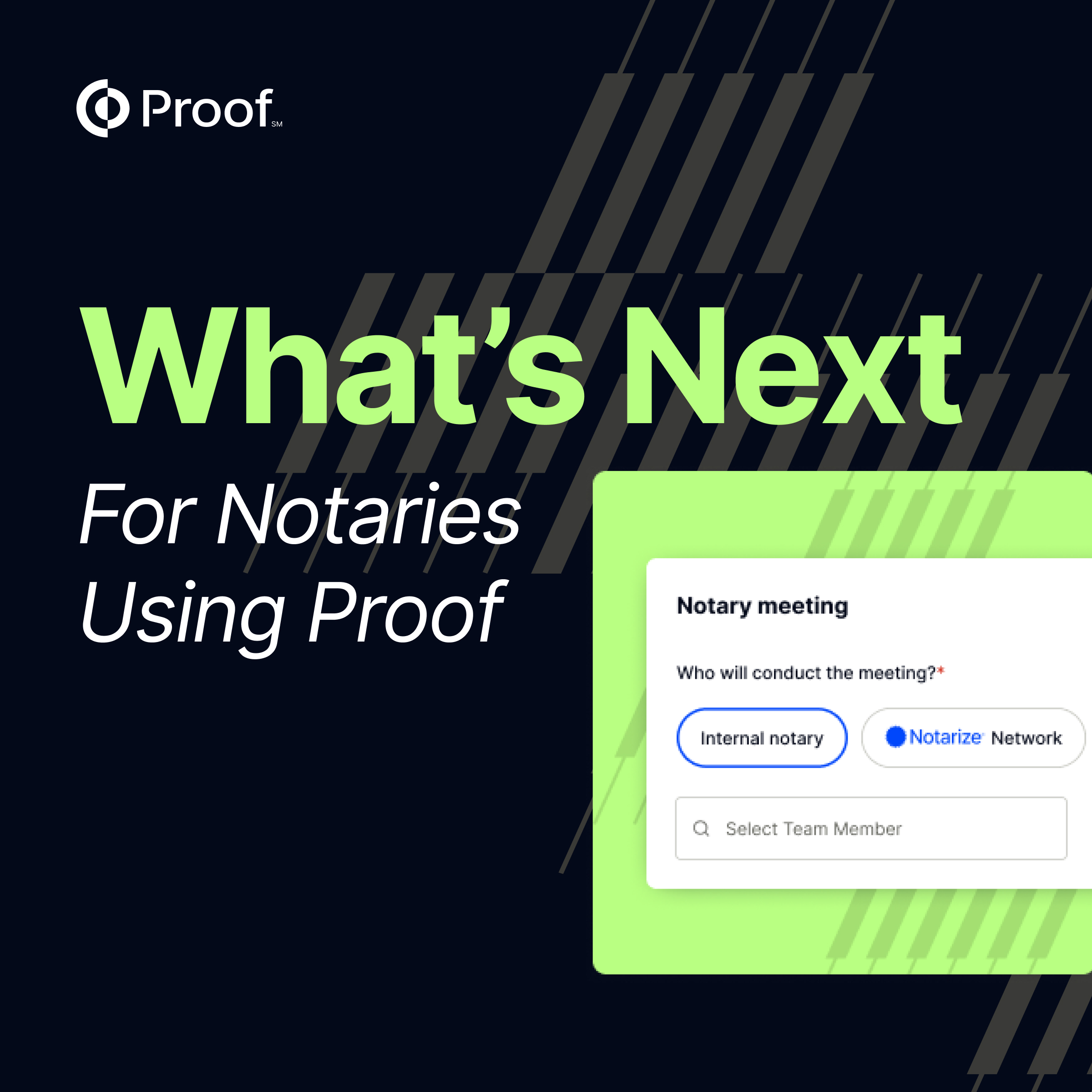





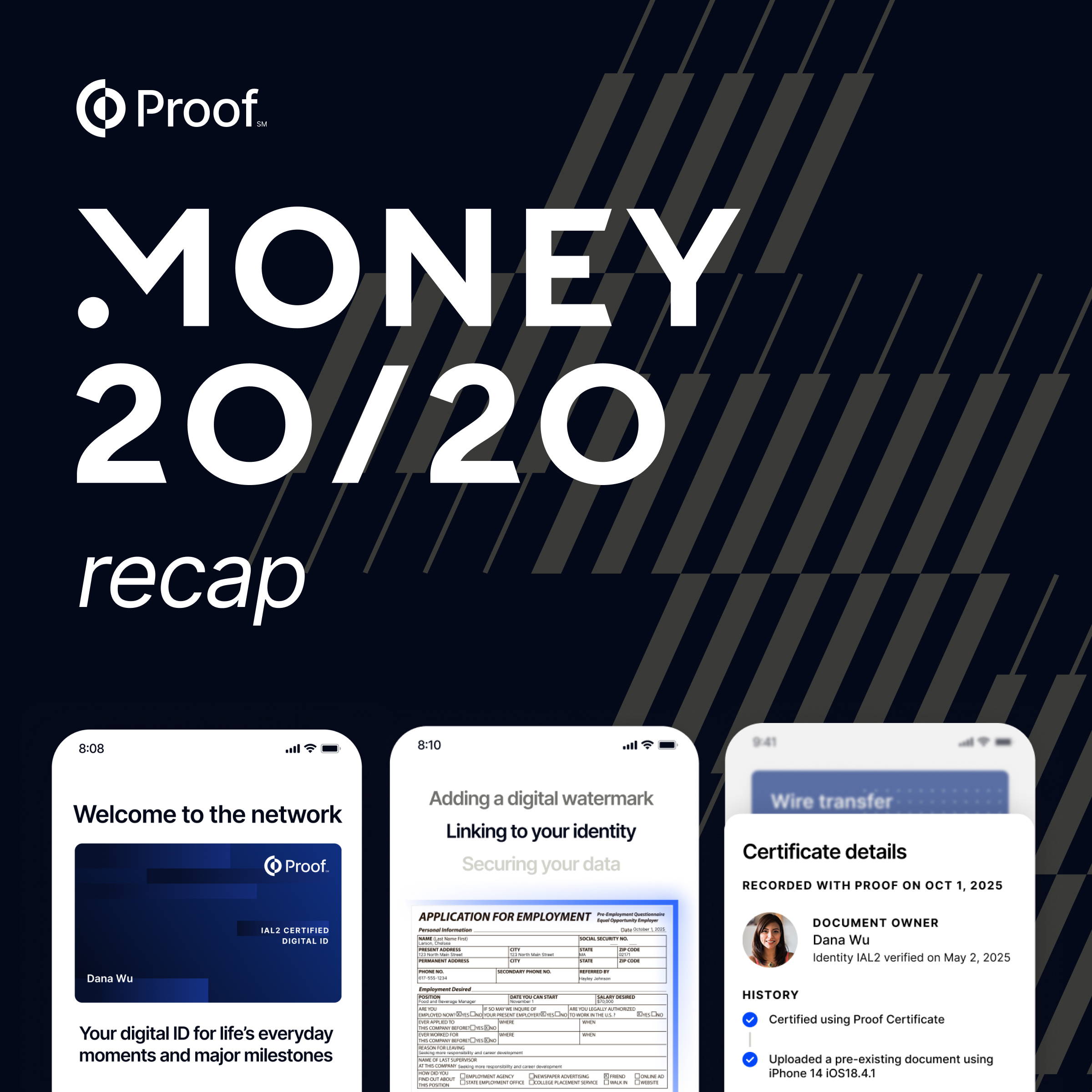



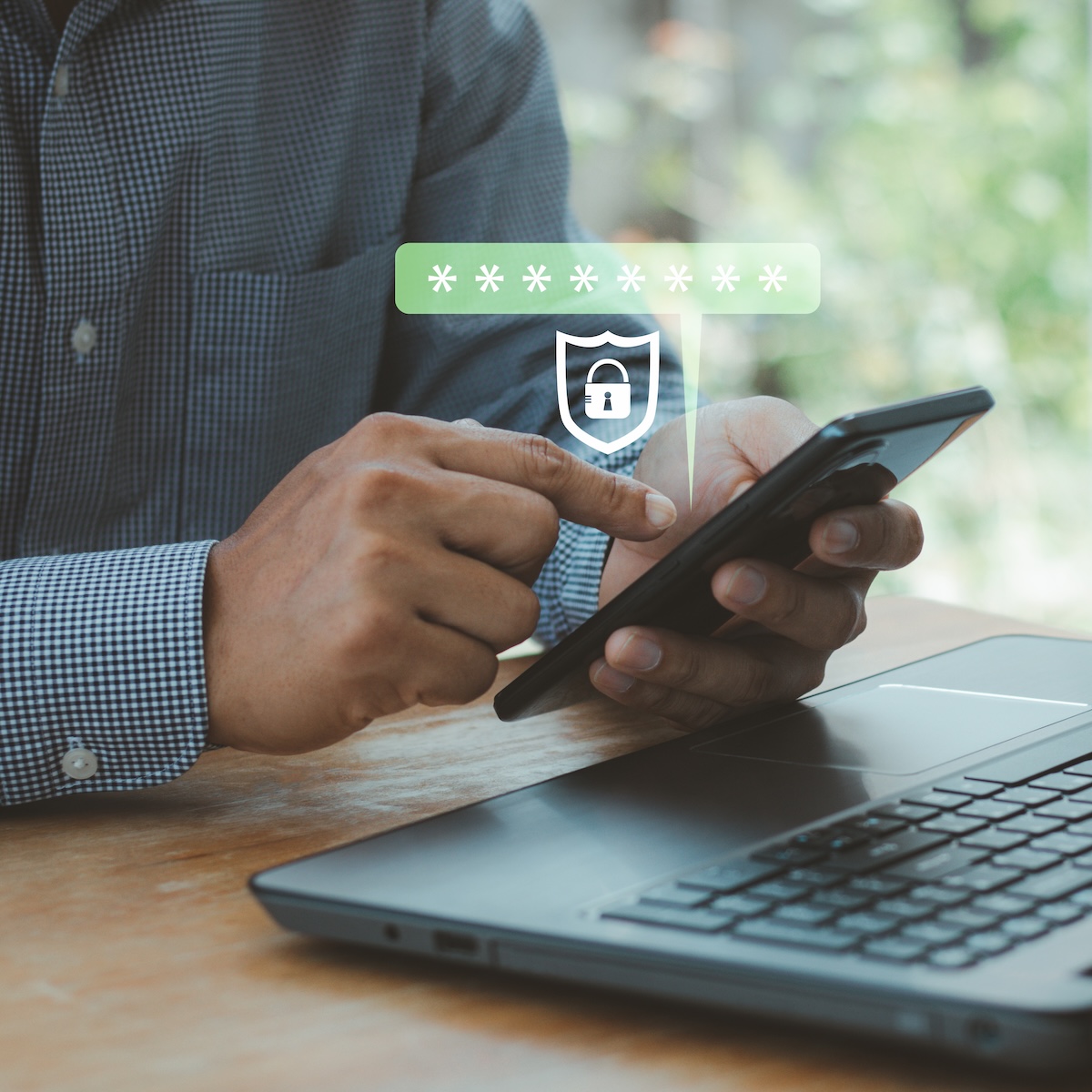


.png)


.jpg)
